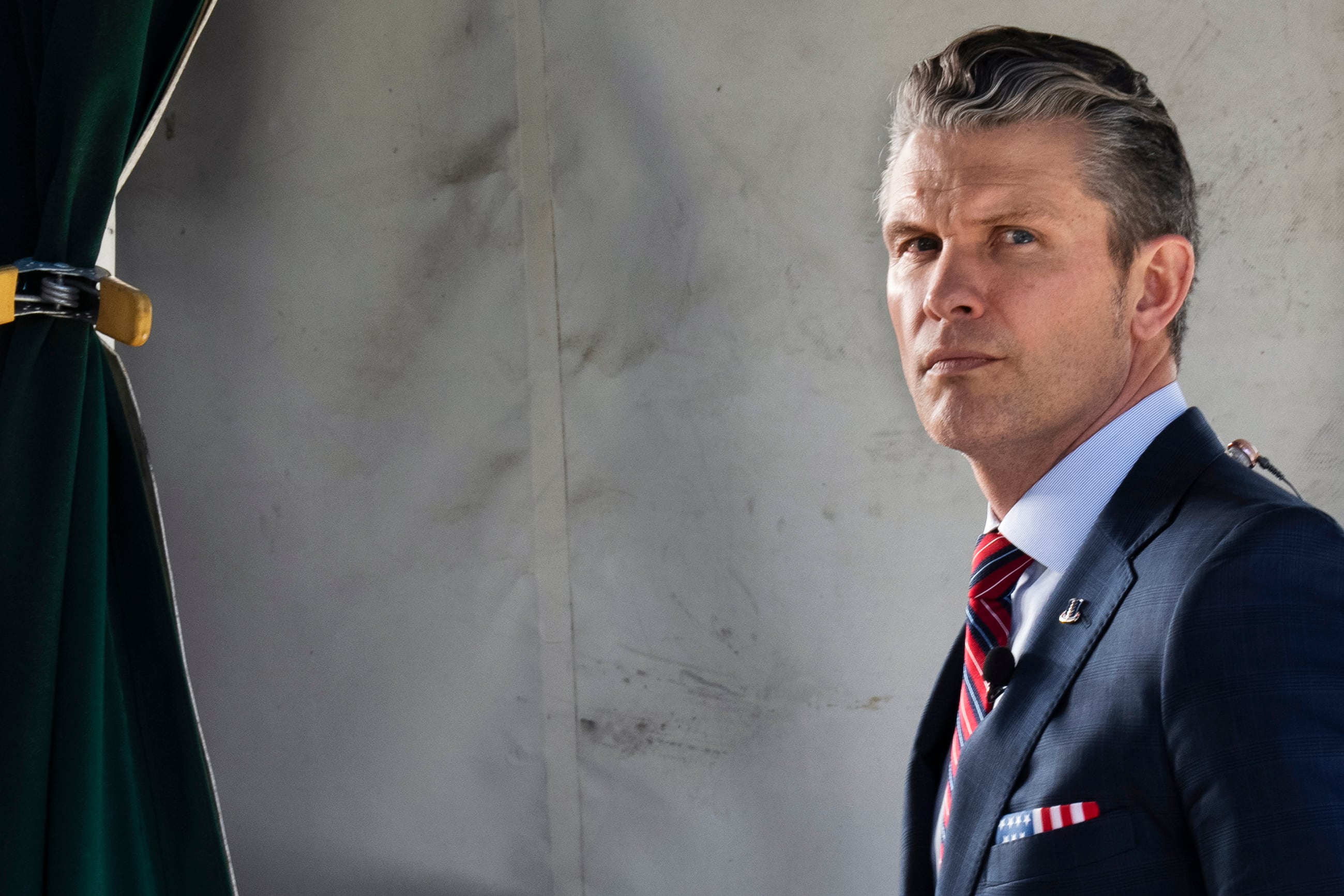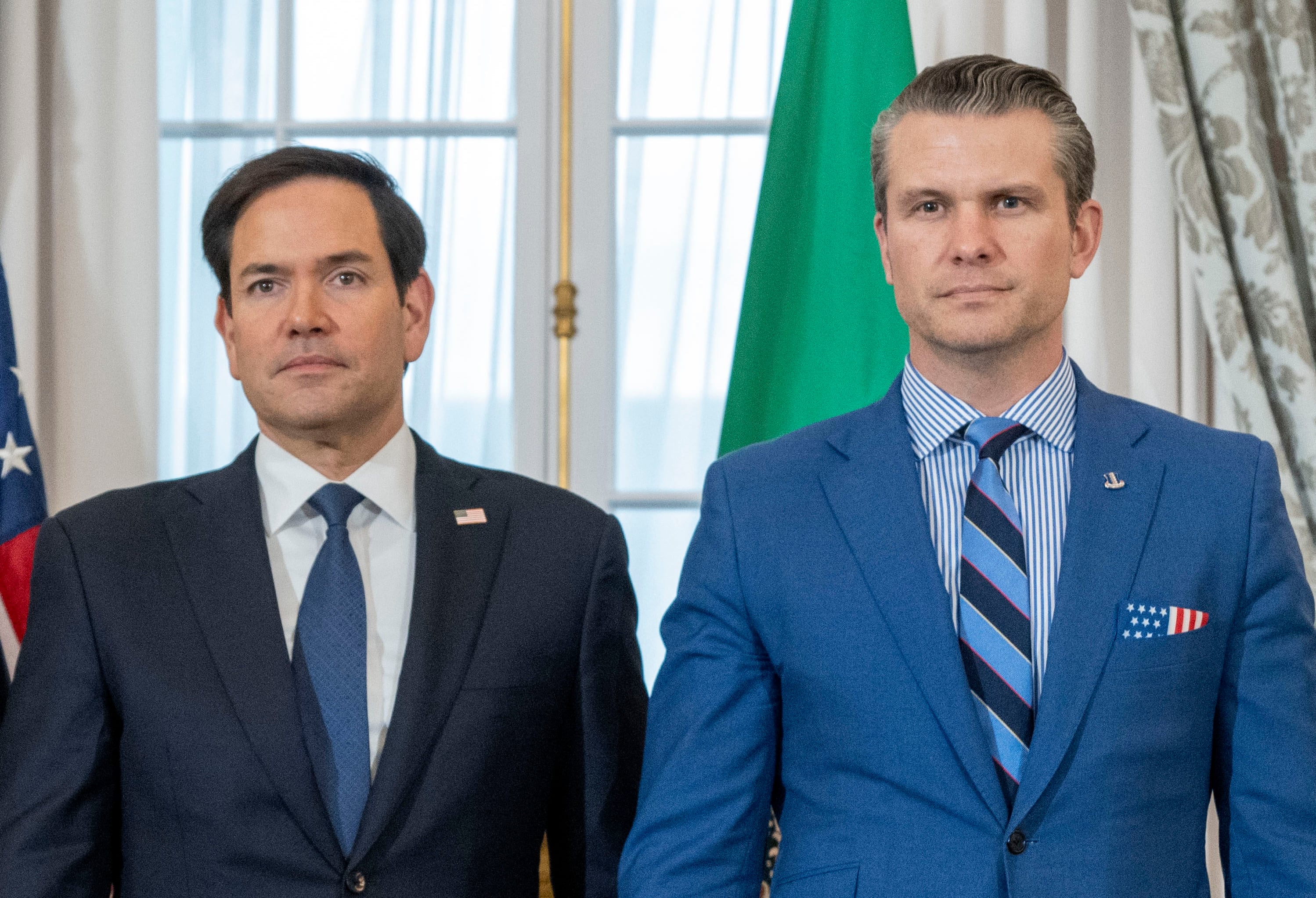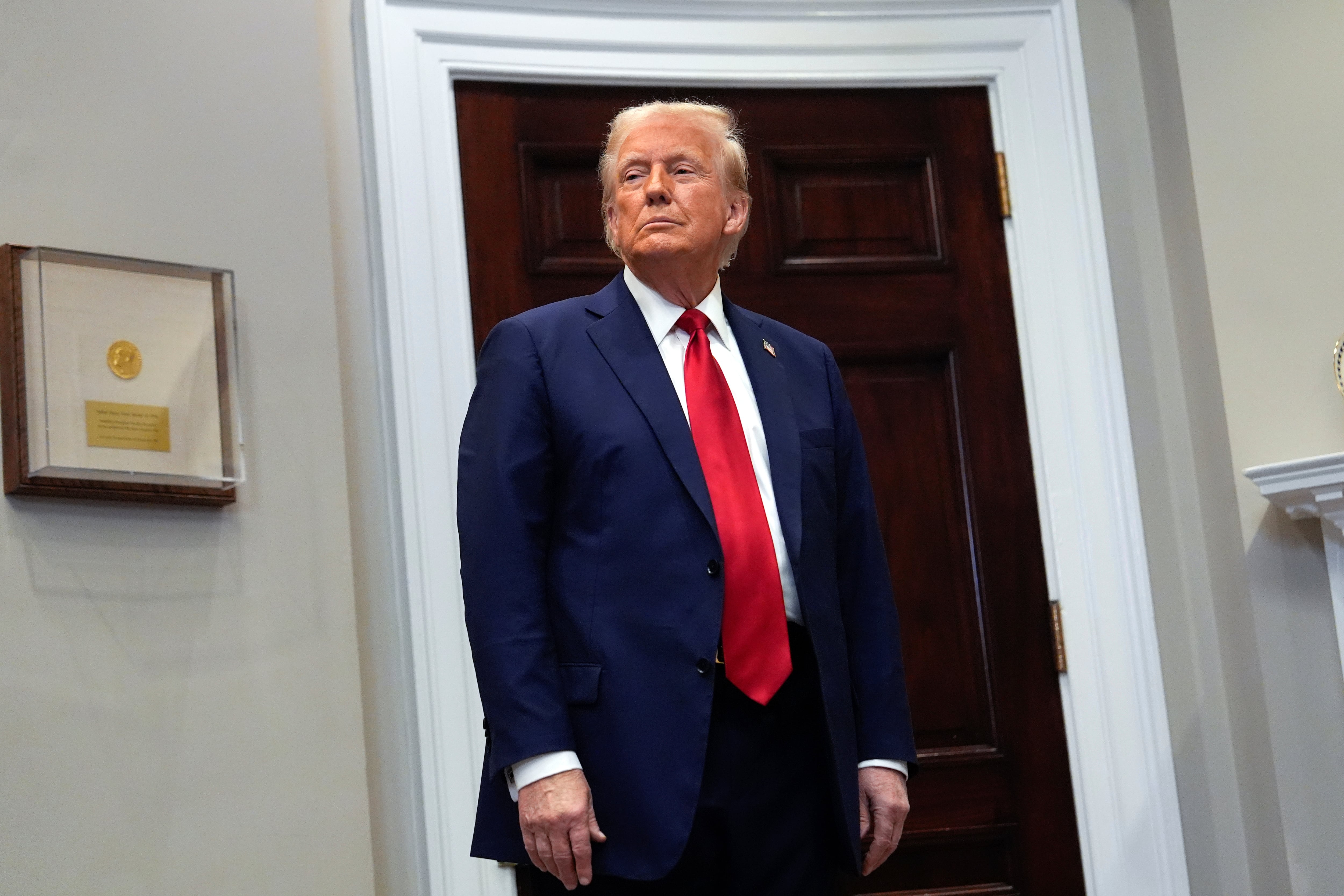WASHINGTON — The U.S. State Department has cleared Japan to buy four Standard Missile-3 (SM-3) Block IIA weapons, worth an estimated $133.3 million.
The SM-3 Block IIA is being designed jointly by the U.S. and Japan for defense against medium- and intermediate-range ballistic missiles, so the fact the Foreign Military Sale request cleared the State Department is no surprise. It is unlikely to meet resistance in Congress, where members of the Senate now have 30 days to raise concerns about the potential sale.
The weapon, which underwent its first intercept test in Hawaii in February, can be deployed on Aegis-class destroyers or on land by the Aegis Ashore program.
Looking for more on the U.S. Navy’s surface fleet? Get the latest here.
Work will primarily be done at Raytheon’s Tucson, Arizona, facility and BAE Systems’ Minneapolis location. All sales figures are estimates until final negotiations have occurred, so the $133.3 million price tag may change.
A State Department official, speaking on background, specifically cited North Korea as a reason why Japan needs the SM-3.
“It will bolster the security of a major treaty ally that has been, and continues to be, a force for political stability and economic progress in the Asia-Pacific region,” the official said. “It will also improve [Japan’s] interoperability with U.S. missile defense systems, and increase the protection for U.S. installations in the region.”
During a summer visit to Washington, top Japanese officials pledged to increase their spending on ballistic missile defense. And in September, reports surfaced that Japan was evaluating new sites to place Aegis Shore systems.
Aaron Mehta was deputy editor and senior Pentagon correspondent for Defense News, covering policy, strategy and acquisition at the highest levels of the Defense Department and its international partners.




